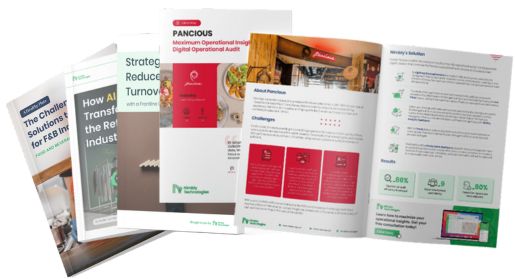

There are many ways to look for process improvements within a company. One of these is through the use of a methodology called the Six Sigma. Why do we need it, and how does it benefit a company?
The Six Sigma Method uses statistics and data analysis to examine and reduce errors. The purpose of using this method is to improve cycle times while at the same time reducing manufacturing defects.
The company's primary goal is to give customers maximum product and service benefits. Measure the value streams and figure out the problem(s).
Start with mapping the steps to determine the areas of concern. Collect data to spot the specific problem(s) that need(s) to be addressed and later transformed. You must know the defined goals on why you should collect it, including the reasons and insights expected, making sure that the measurements are accurate.
After that, ascertain that your data collection helps to achieve the goals. Identify the issue and ask questions and discover the root cause.
Once you have identified the problem, then it is time to eliminate some defects on the way. Remove activities that do not add up to customer value.
Get every company stakeholder involved in this. Adopt a more structured process where your whole team can contribute and collaborate their varied expertise to solve the problem together.
Forget strict, rigid protocols and hierarchical relations that may delay the solutions from working their wonders on the problem - Each team member must be approachable to help the process to go faster and more efficiently.
The two main approaches are:
It is finding the deviation of the function from "what is?" and "what should be?" and whether it really needs correction.
It is changing the function state from "what is?" to "what should be?" and ensuring that the change is implemented to achieve the desired goals.
It stands for Define, Measure, Analyze, Improve, and Control. This method is data-driven and applied in manufacturing a product or service delivery.
It stands for Define, Measure, Analyze, Design, and Validate. This method is used to design or redesign different processes in manufacturing a product or service delivery.
This is where the team bounces ideas and generates creative ways to approach a problem.
In this stage, the team may wonder "why" a lot over the problem before finding the answers together.
Next, you must focus on the customer feedback to know what they want from your product or service.
It stands for Seiri (Sort), Seiton (Set In Order), Seiso (Shine), Seiketsu (Standardize), and Shitsuke (Sustain). Remove the junk and polish what is not.
In short, this means a continuous improvement from the previous process. After all, we want the company to grow.
This means setting up clear standards by comparing your company with competitors. You can also do this internally, which means benchmarking between departments.
Then, ensure that the previous (and future potential) errors can be avoided.
From here, your team knows which junk to remove and inefficiencies to cut down through stream mapping.
Meanwhile, the levels of competence in carrying out the Six Sigma methodology are as follows:
This is the level of certification for a basic level of Six Sigma understanding and competence.
This is awarded to project team members who review process improvements and are able to understand methodologies, especially DMAIC, but do not lead projects themselves.
This is awarded to full-time staff working for at least three years with understanding the tools and methodologies for problem-solving. They are able to lead projects and assist black belts with data collection and analysis.
This is awarded to full-time staff who are able to lead projects requiring extensive problem solving. A black belt certified staff member is able to train and coach different projects and teams.
A Master black belt can be classified as the certified company expert in Six Sigma, acting as a consultant, and training and coaching green and black belts.
With Nimbly, your company can apply and utilize the Six Sigma methodology through the solution's helpful features, from issue tracker to data collection, reporting and easy monitoring from admin to employees.
